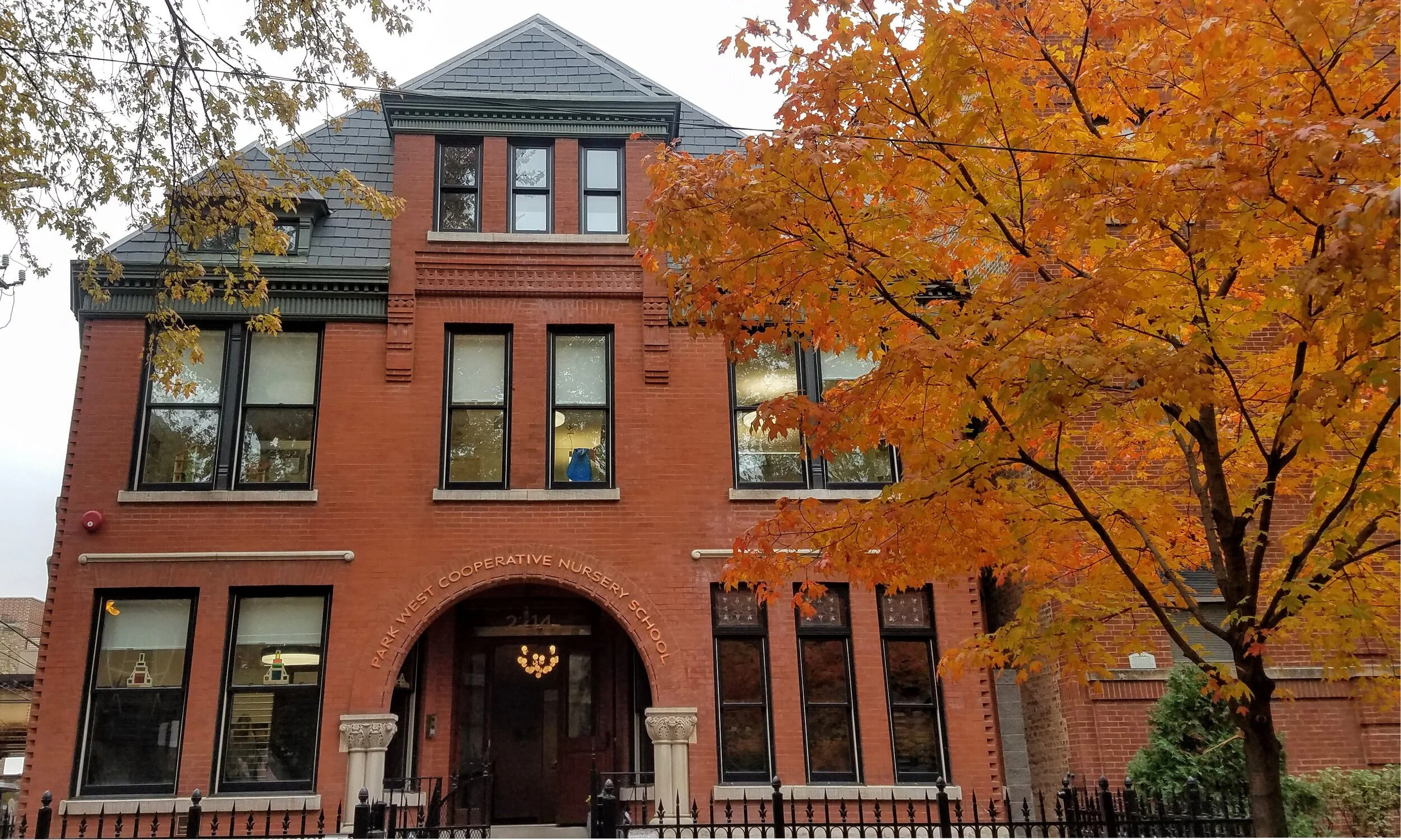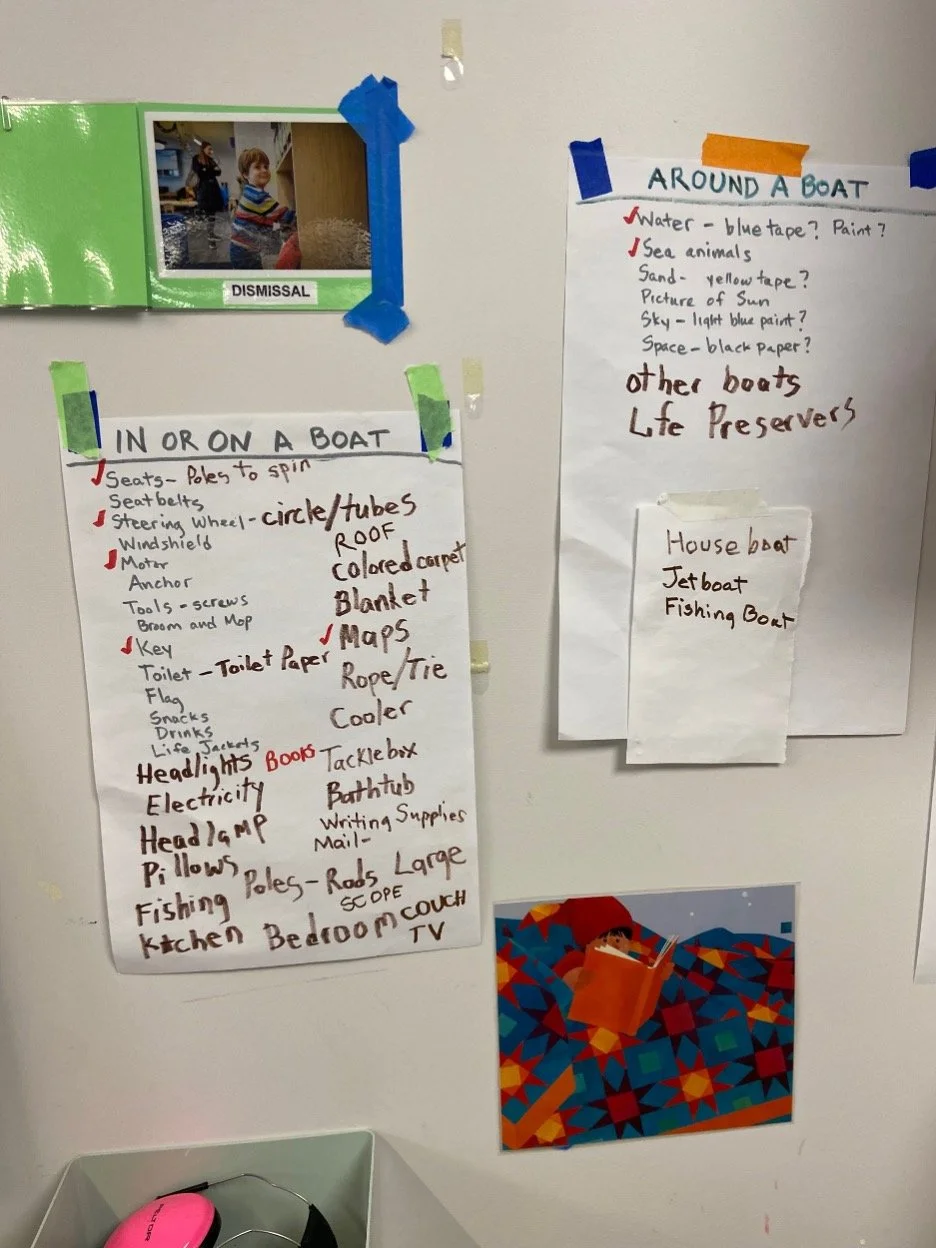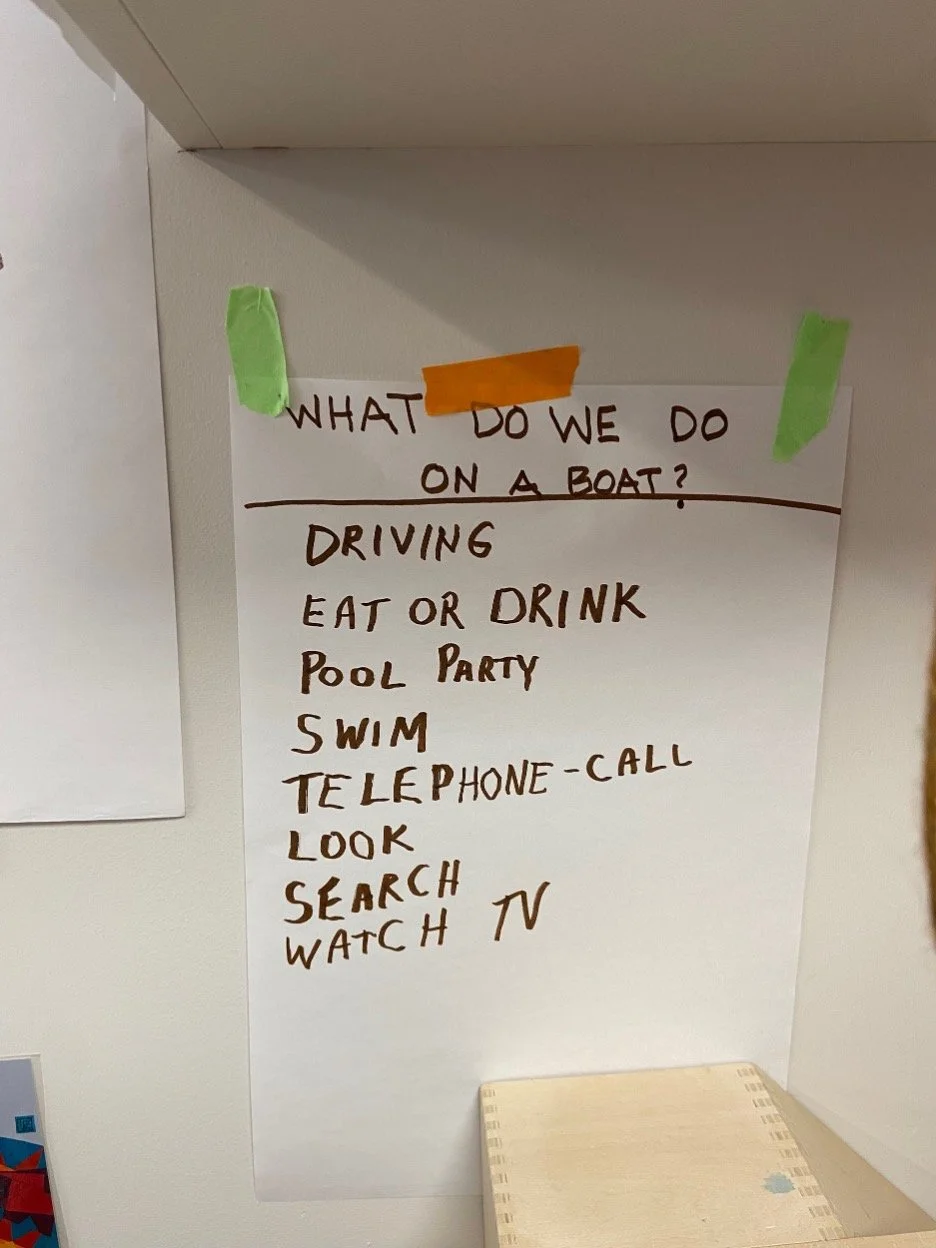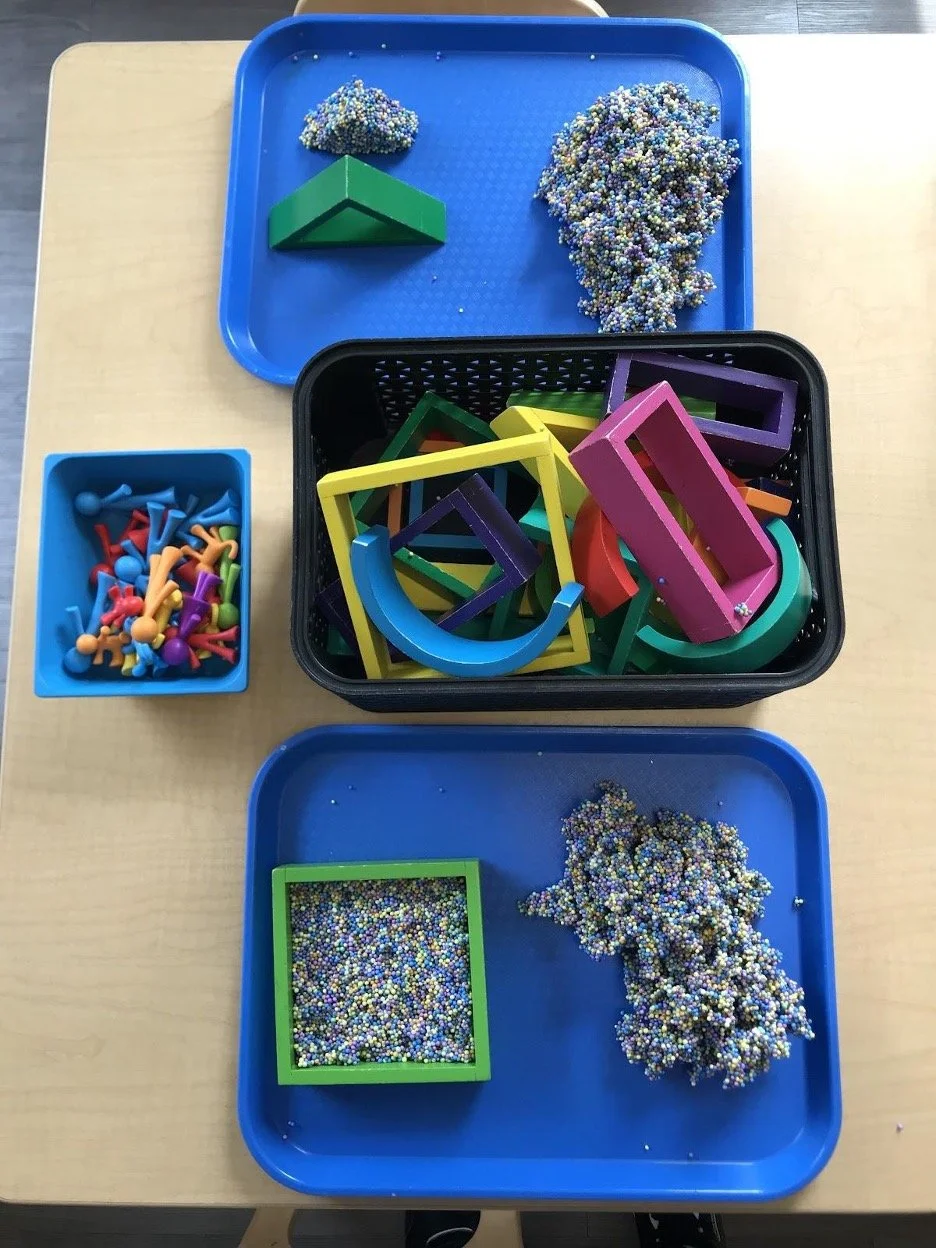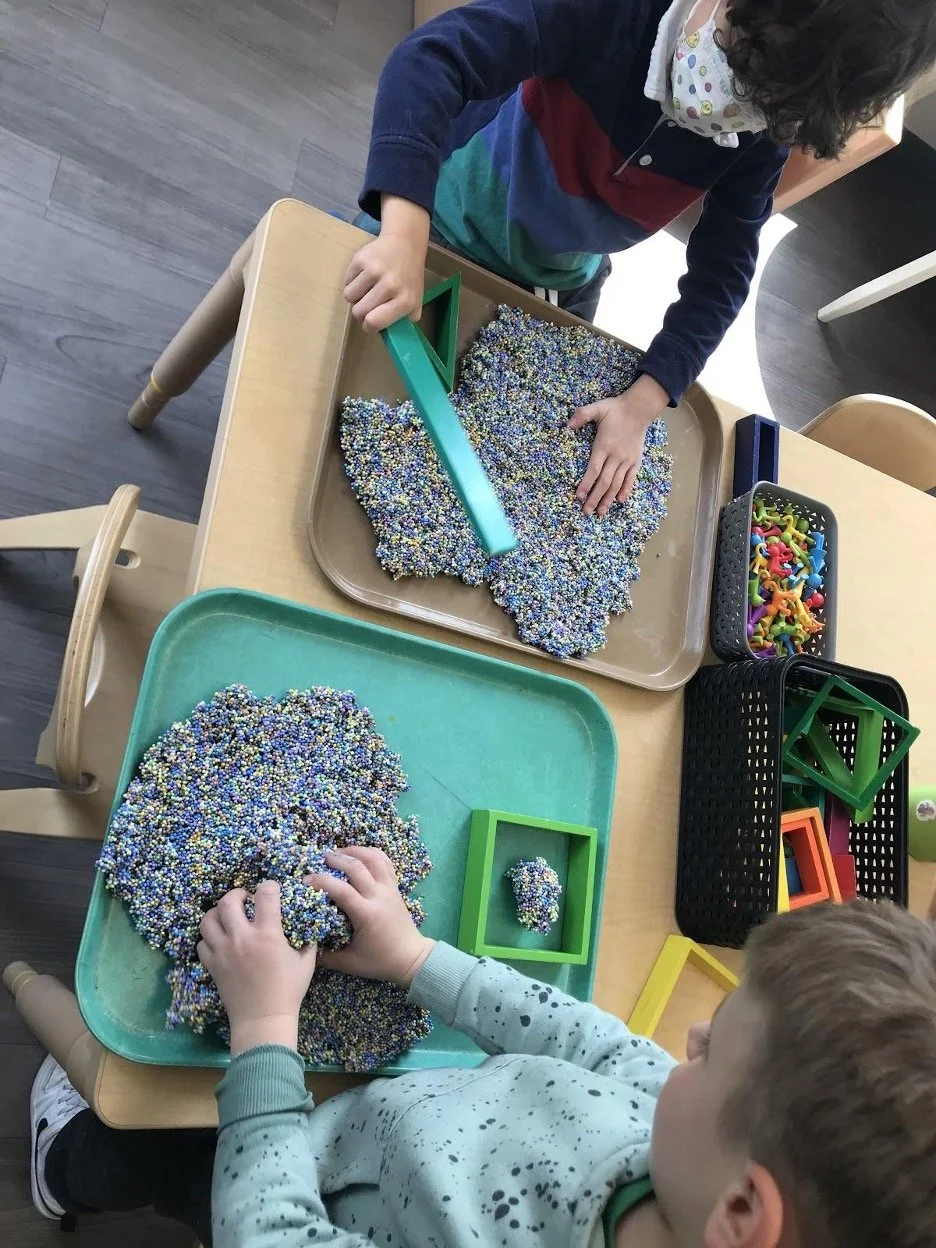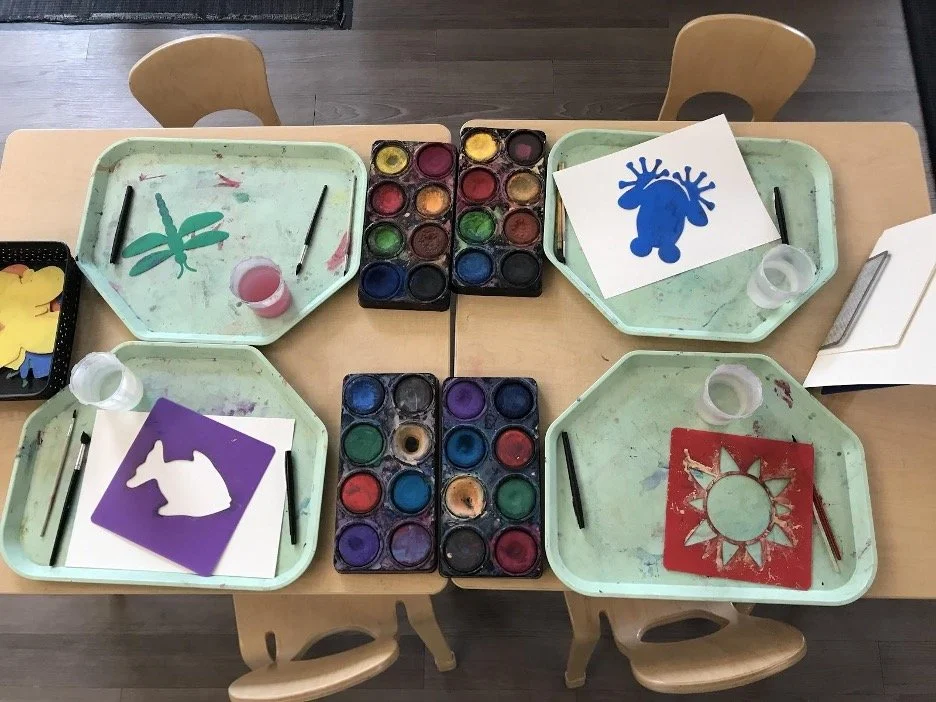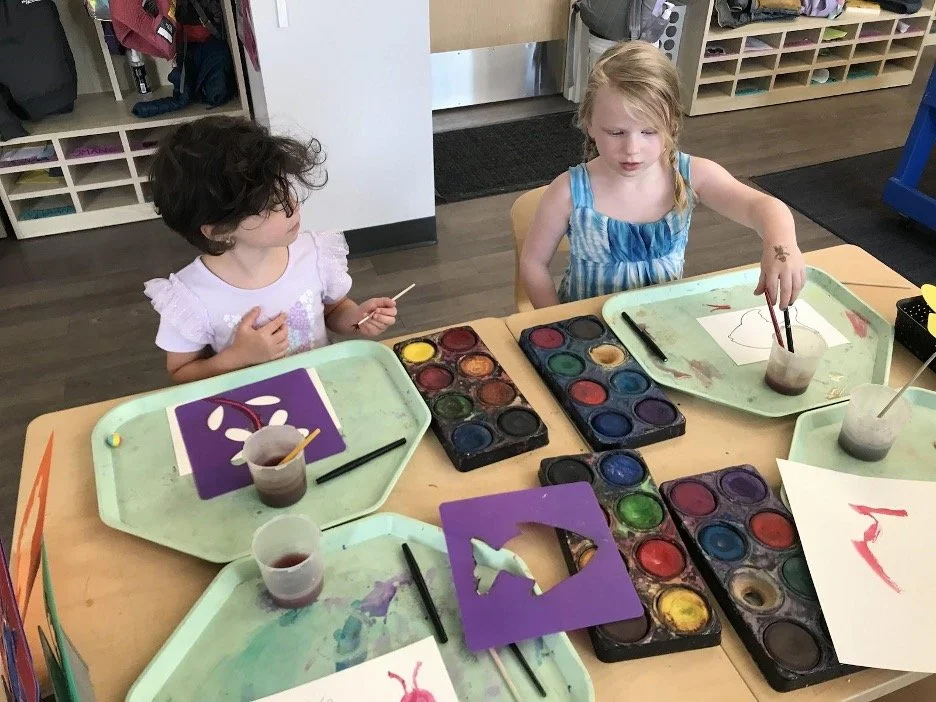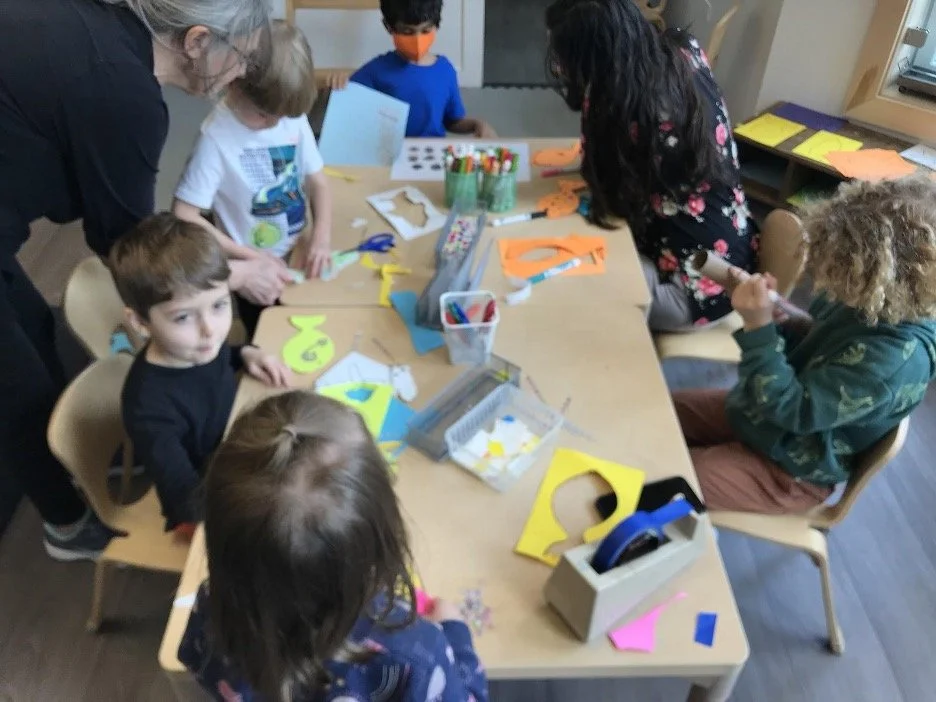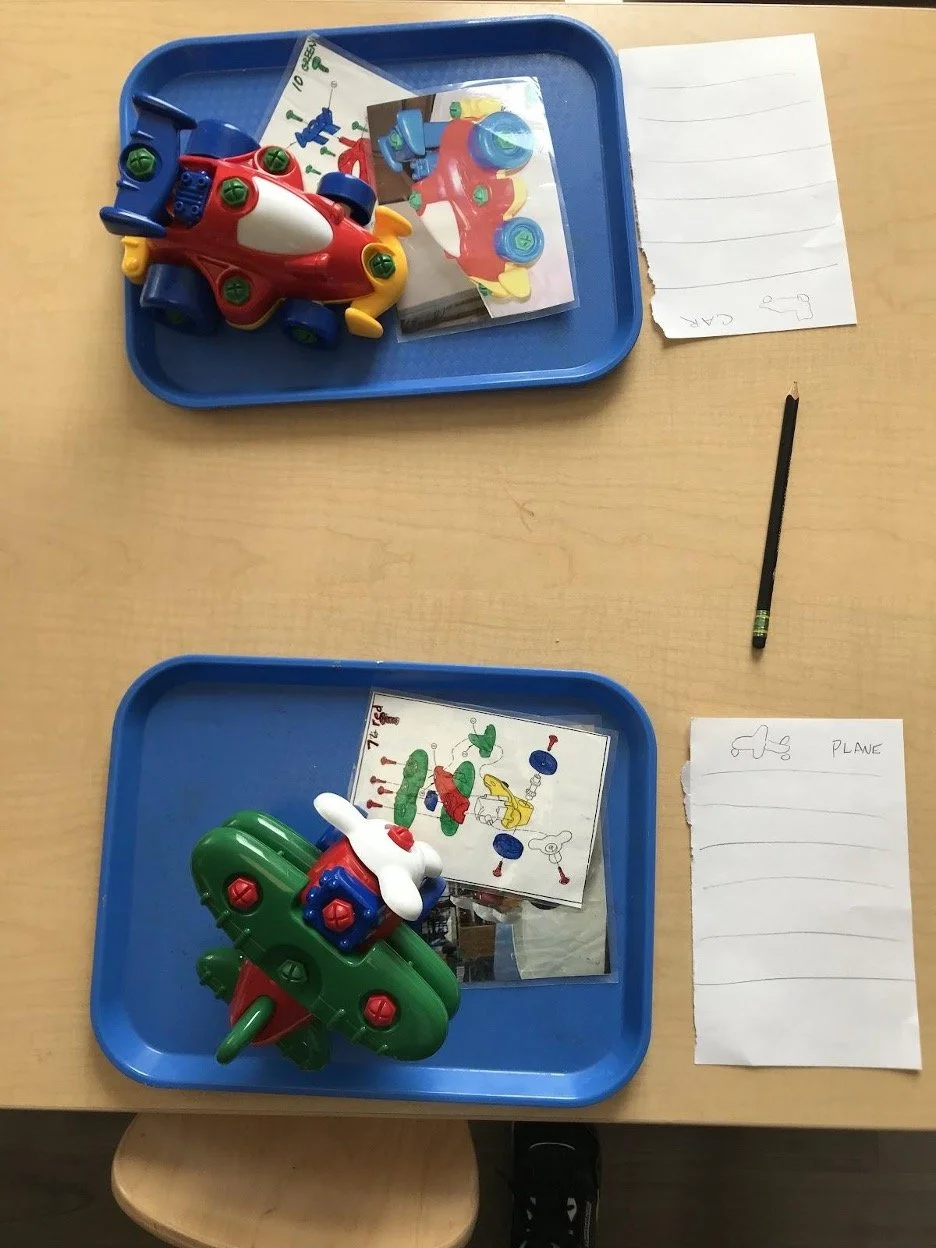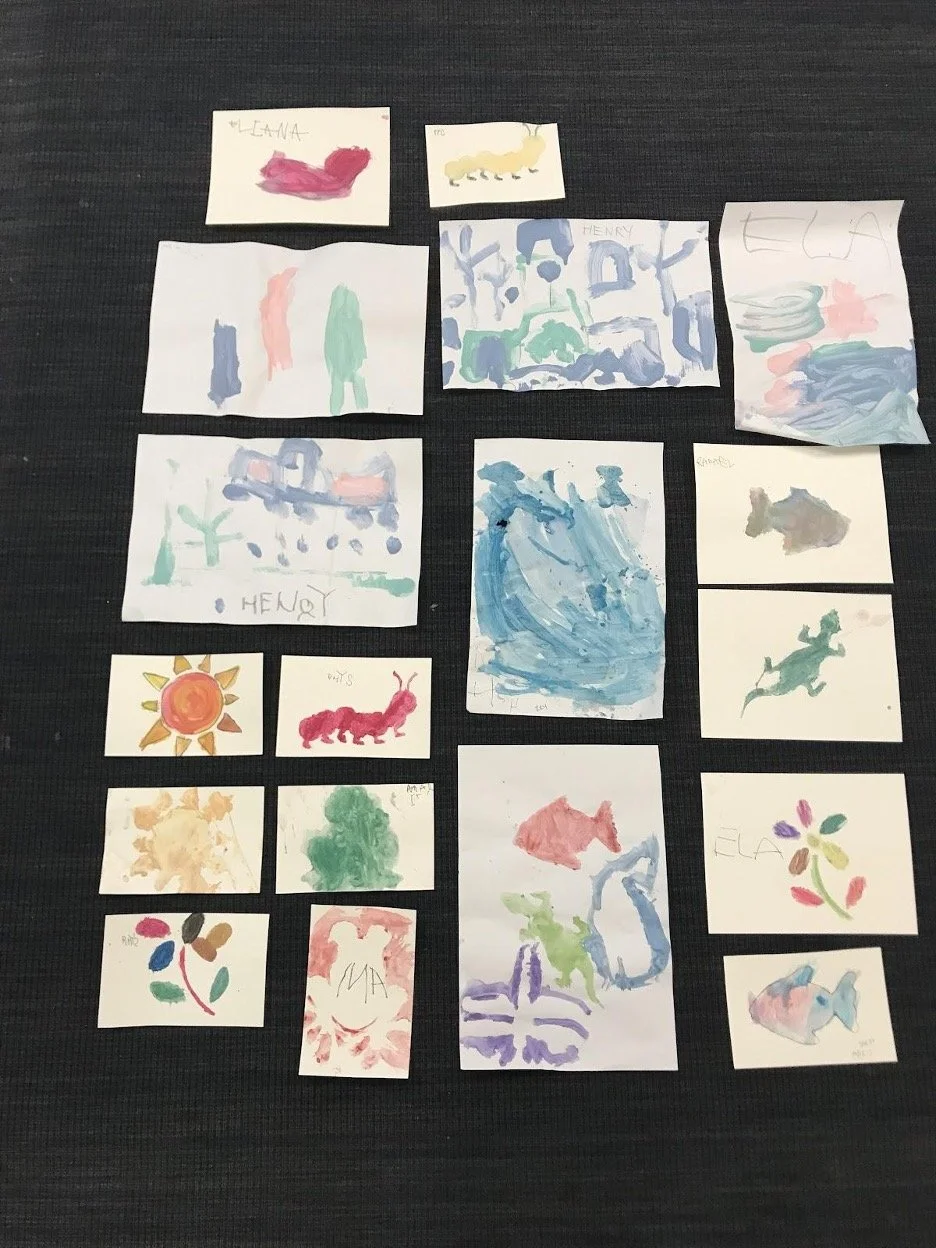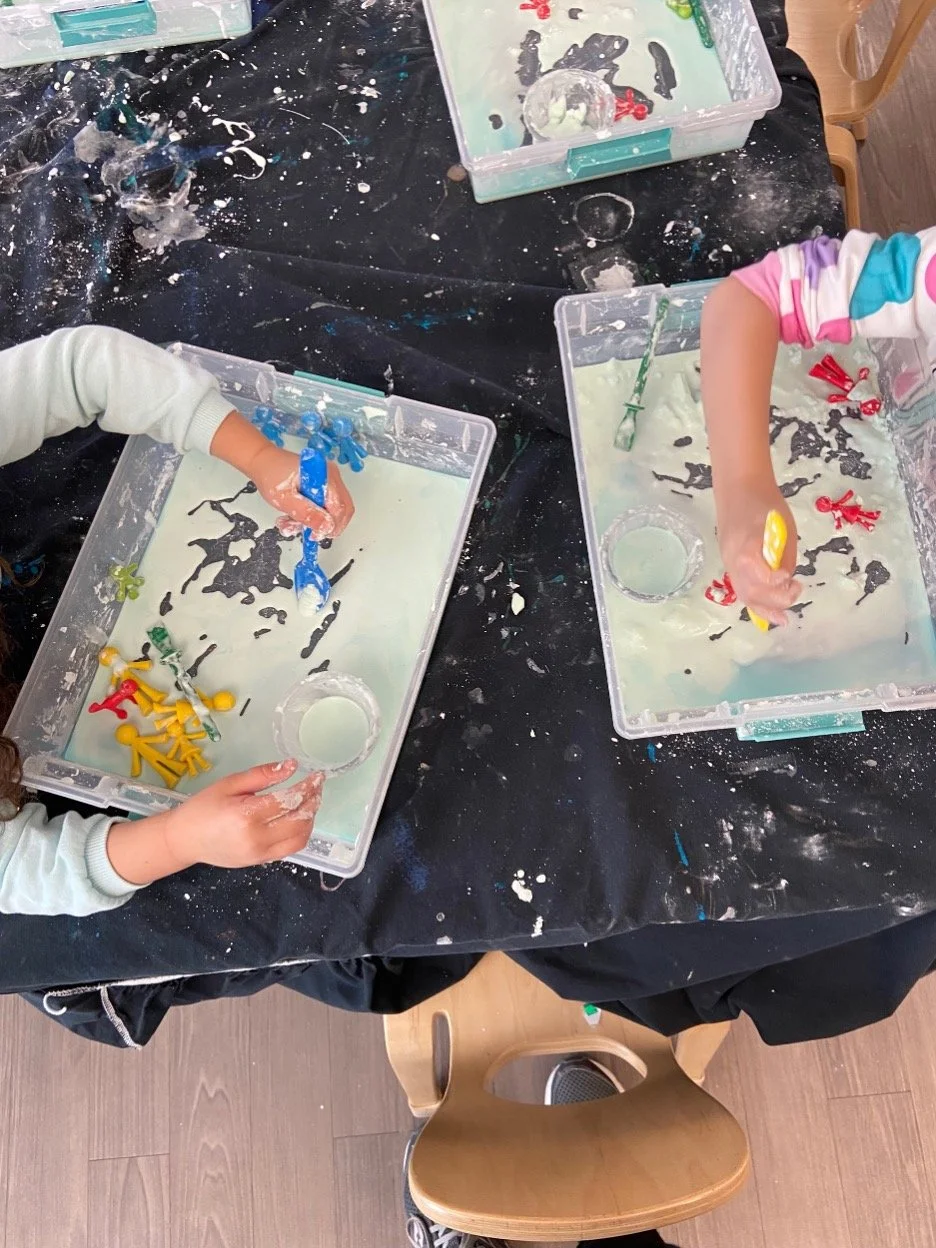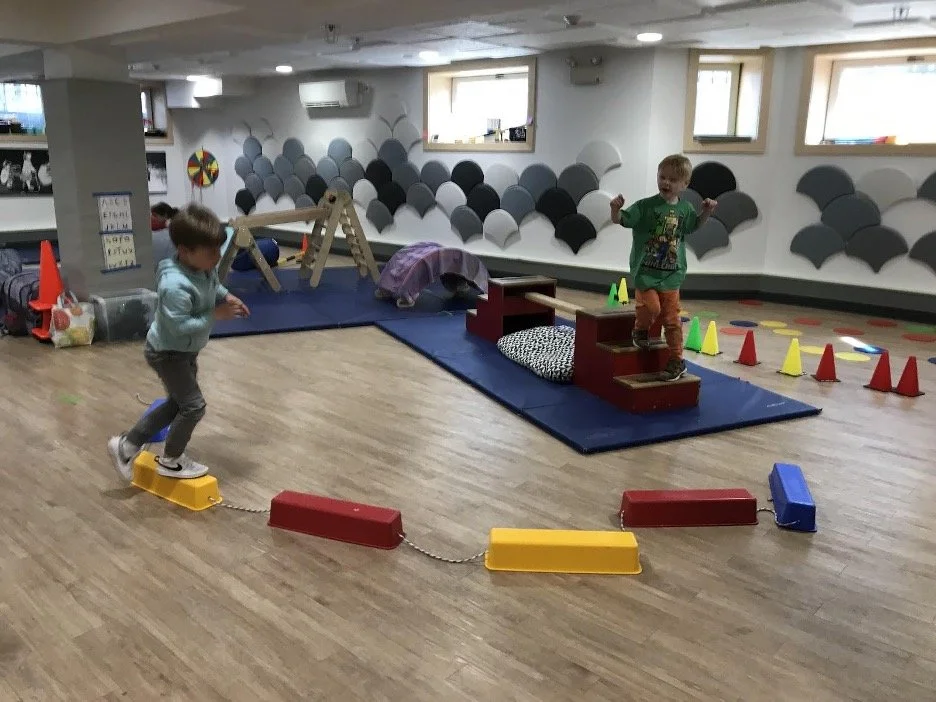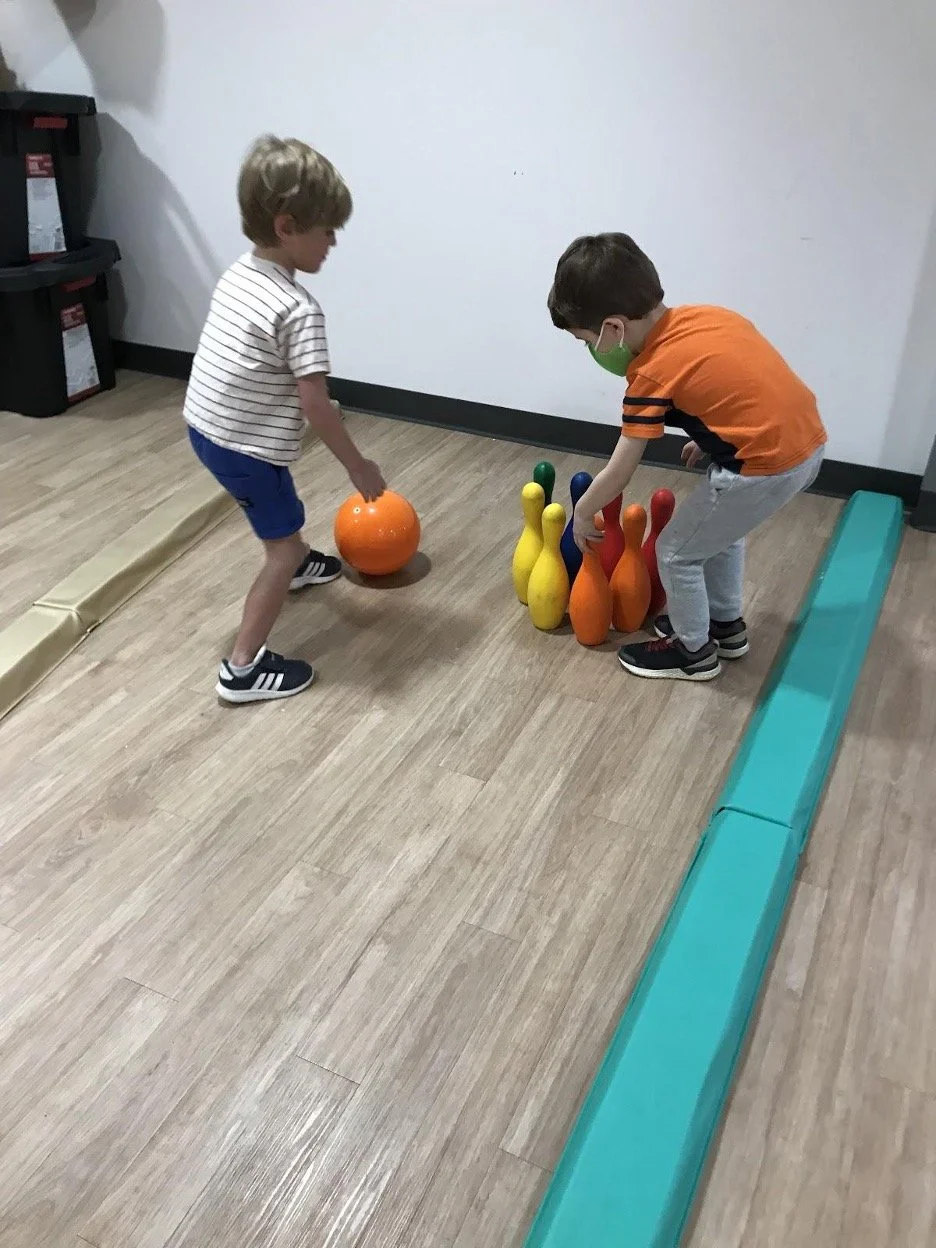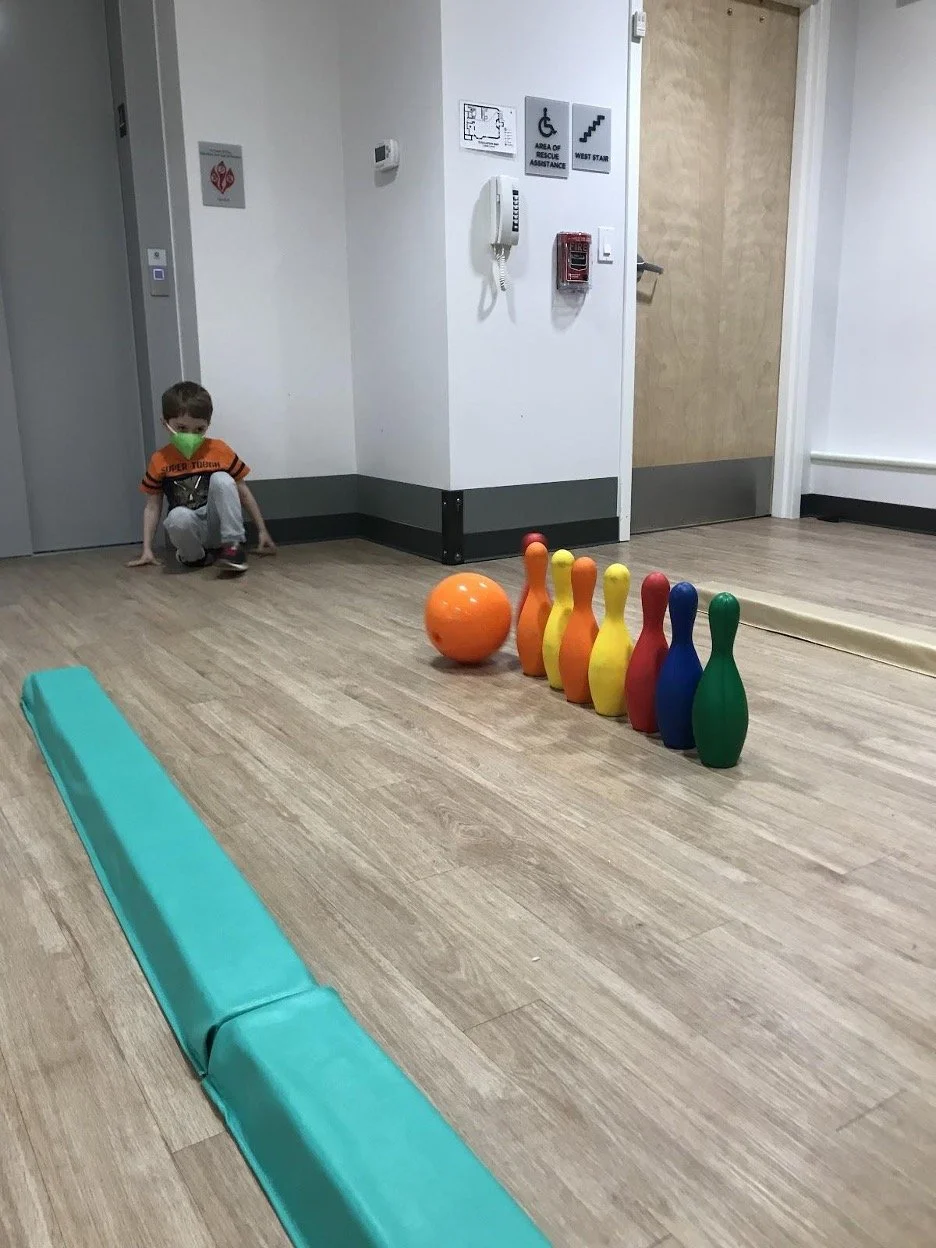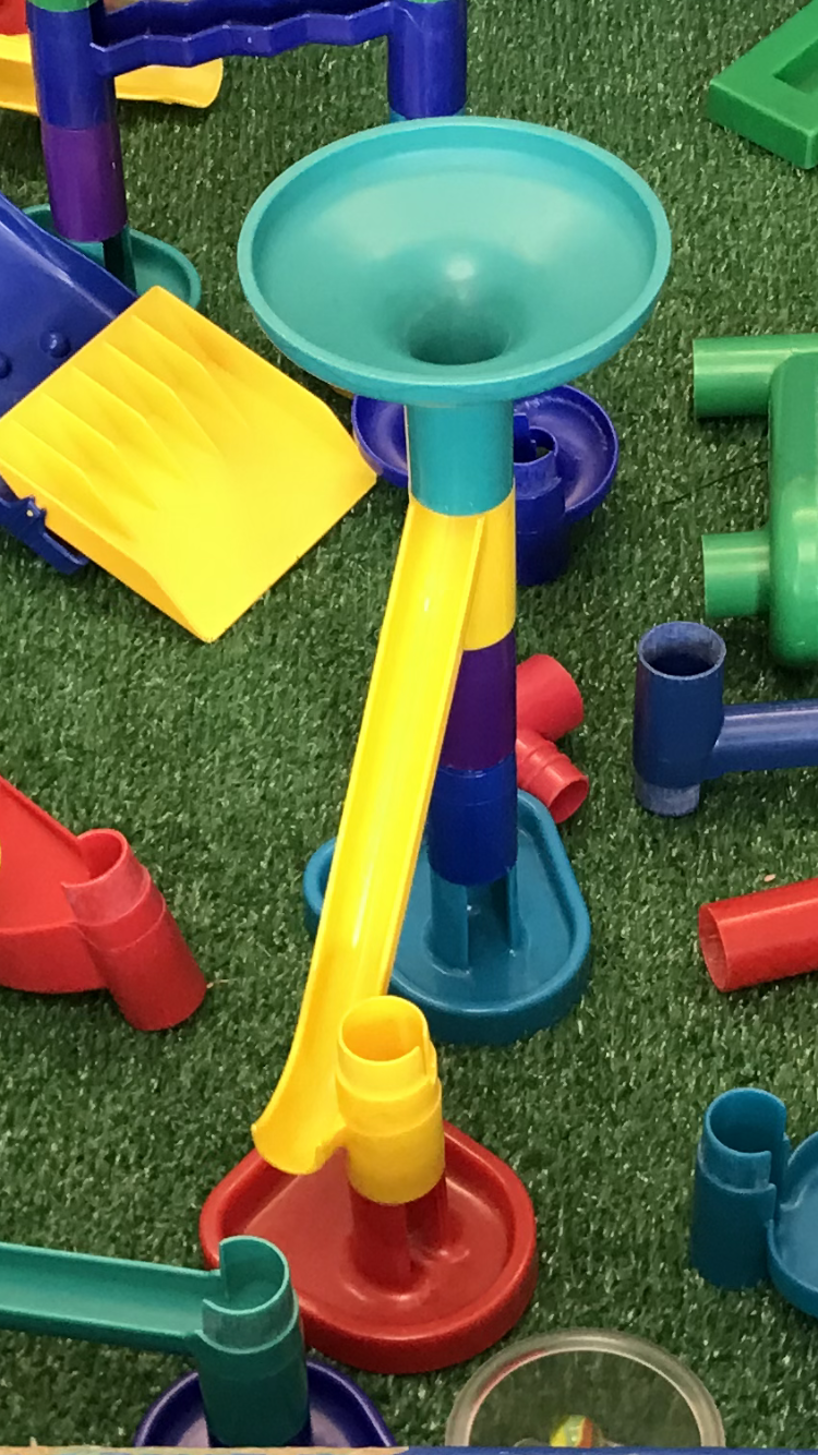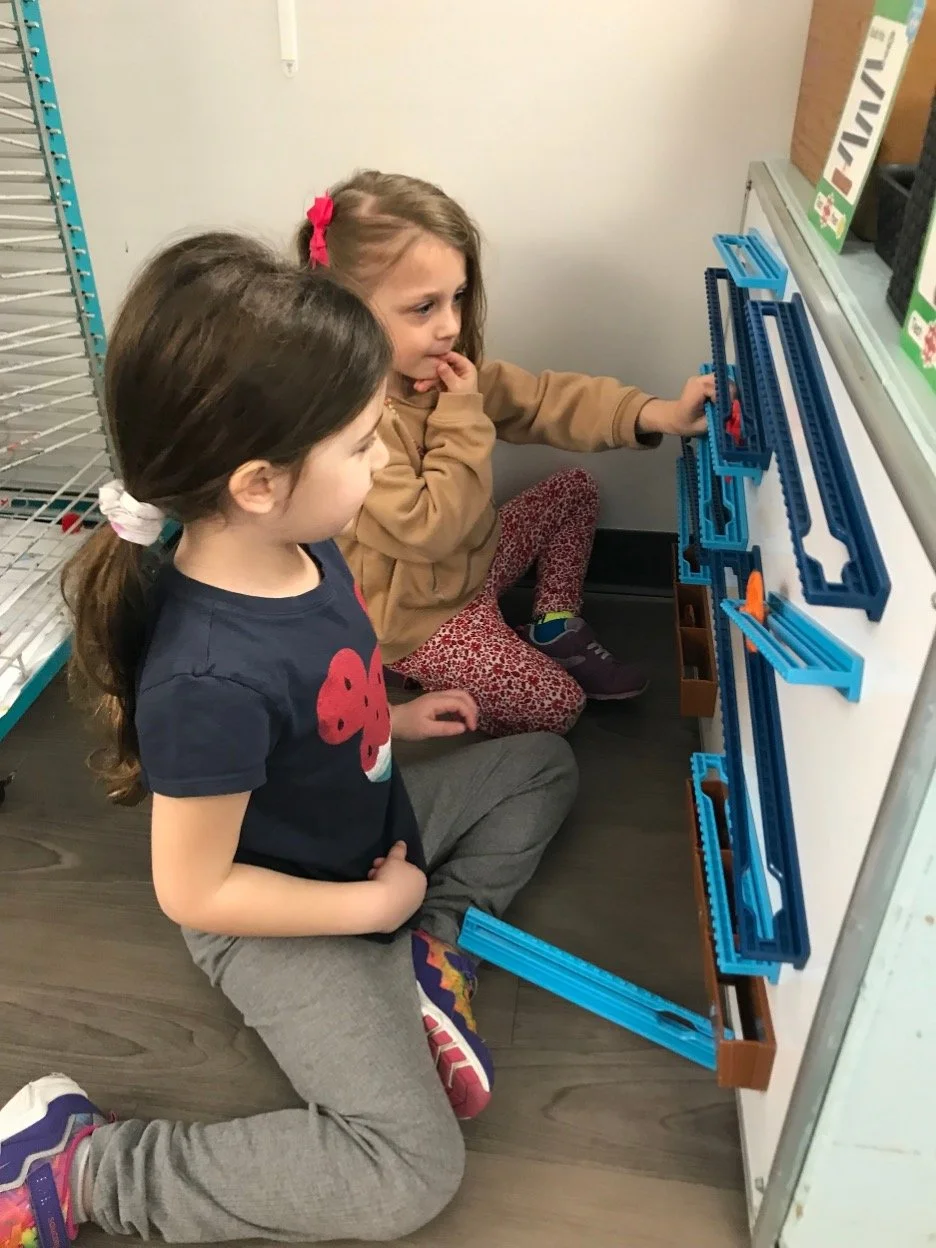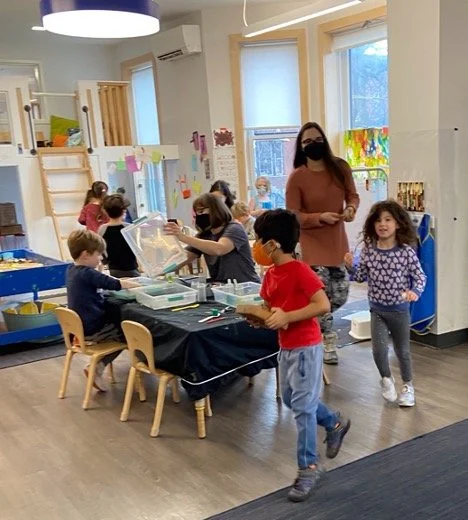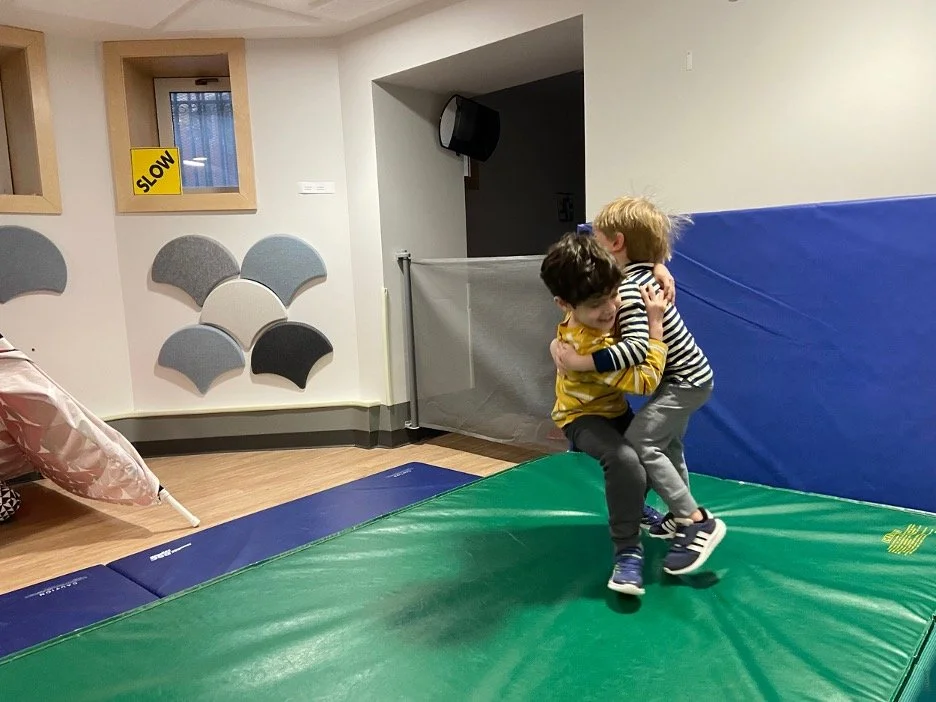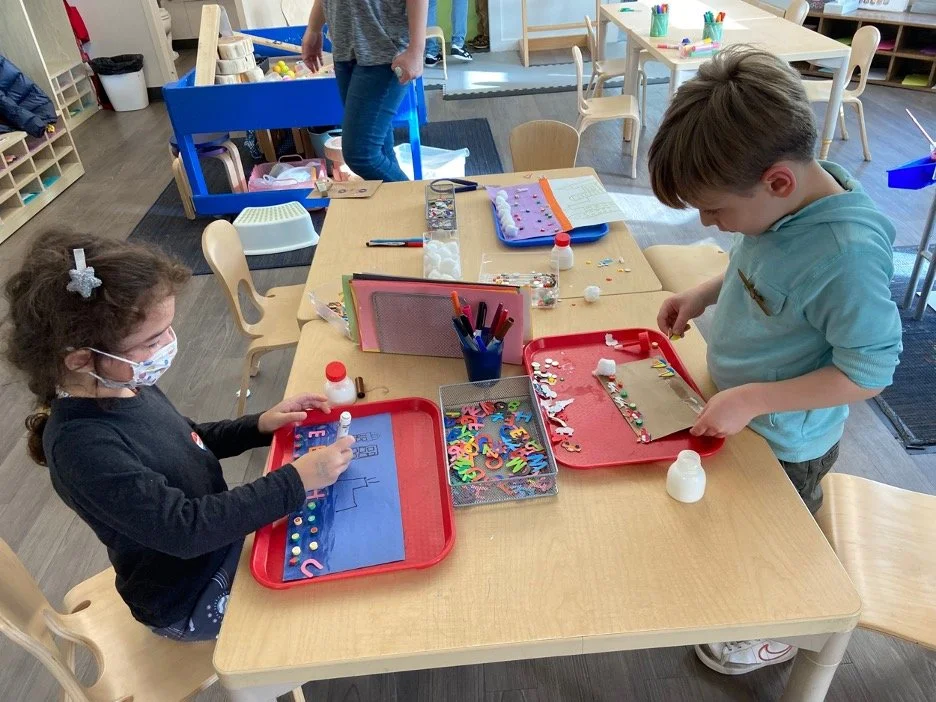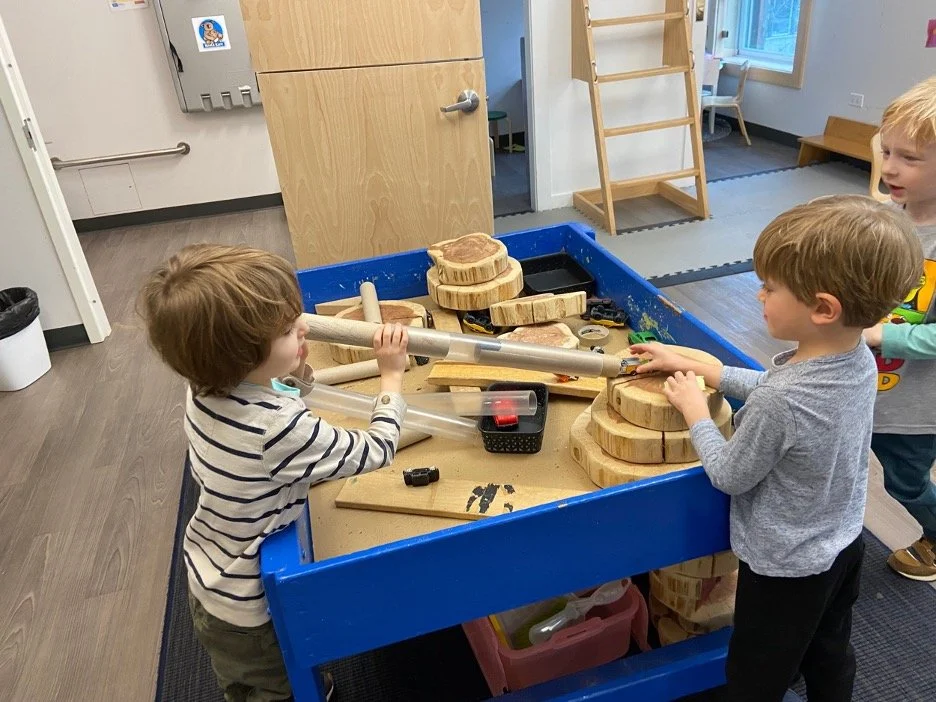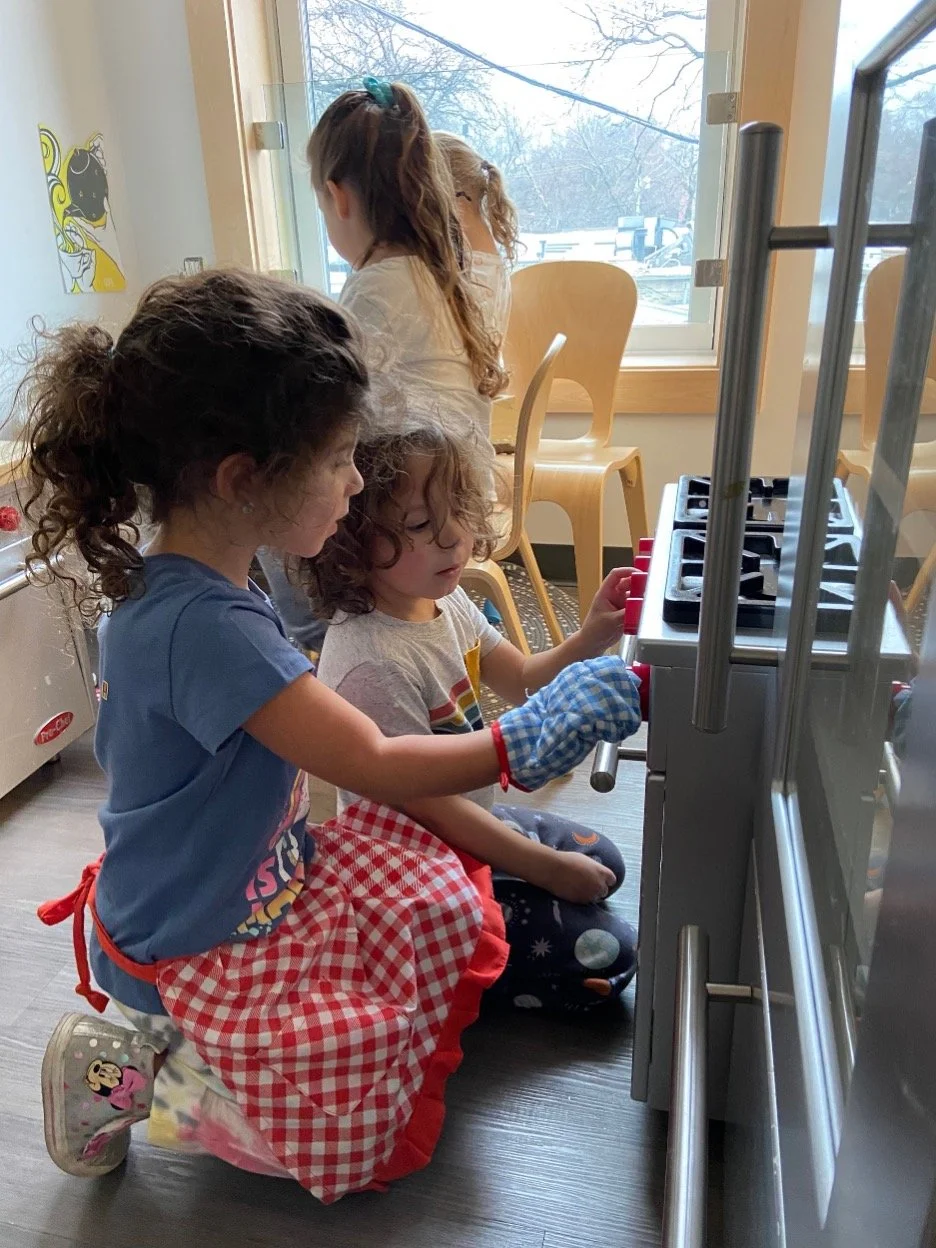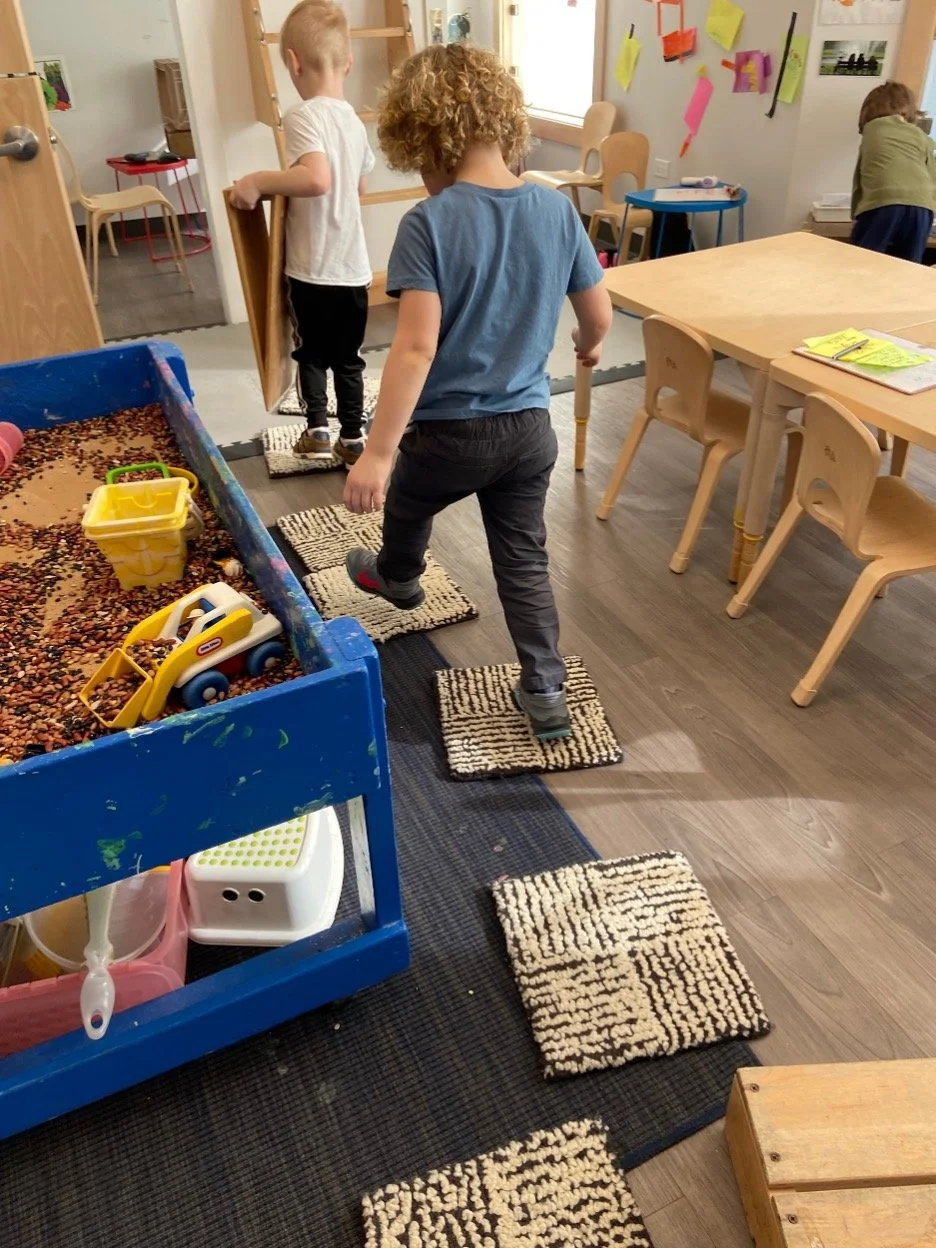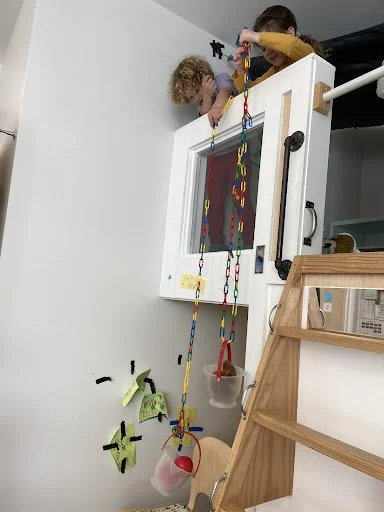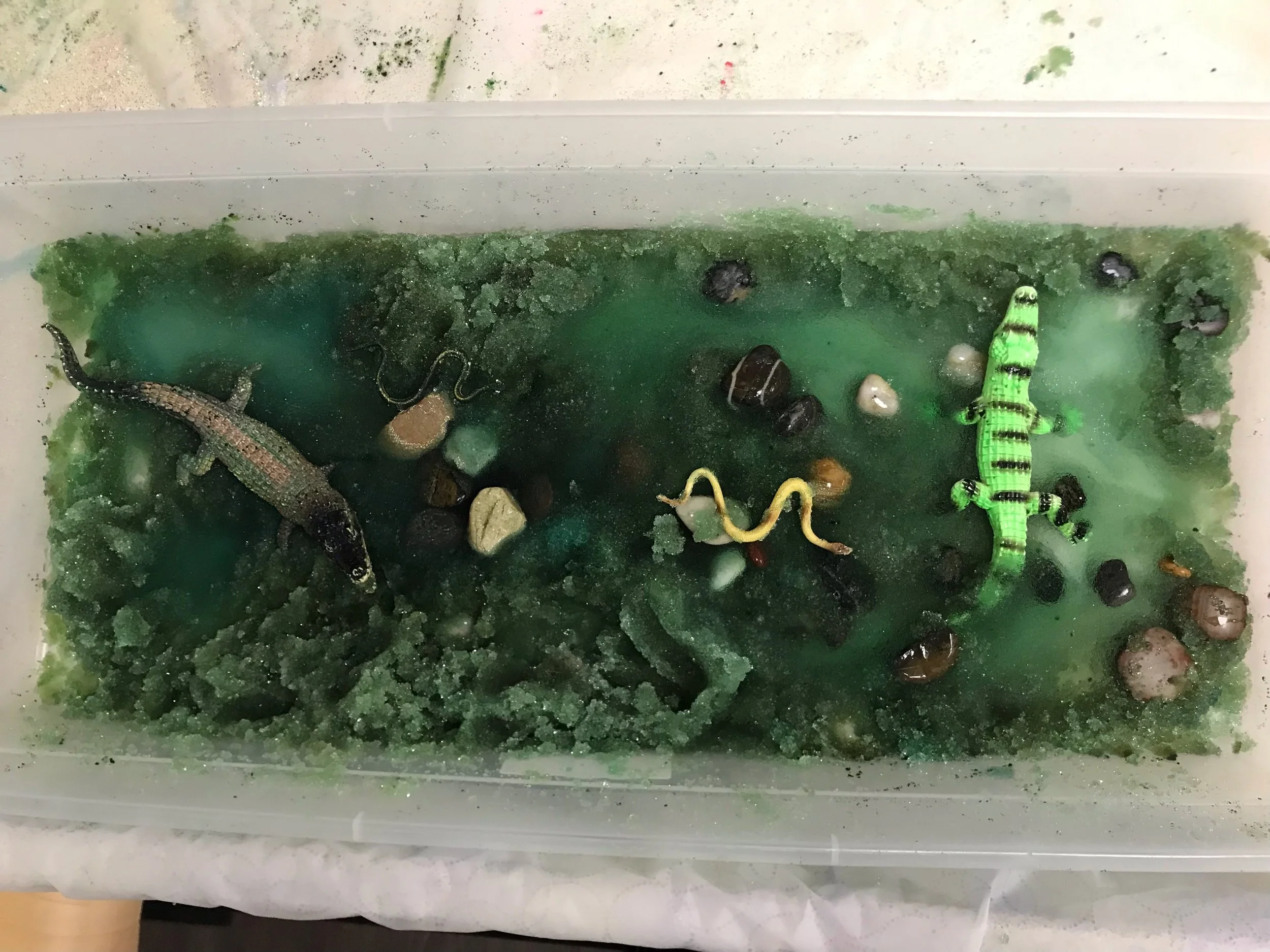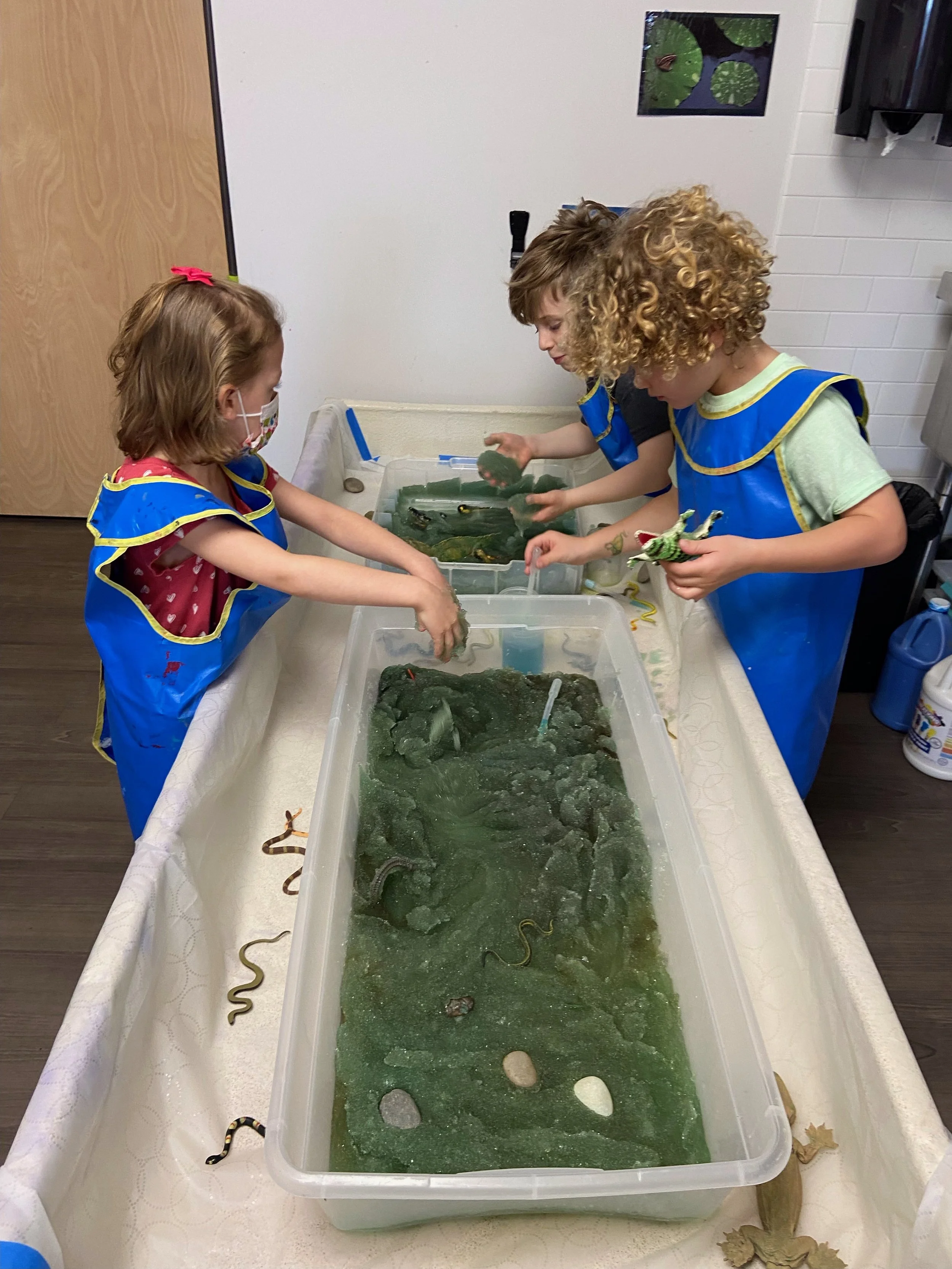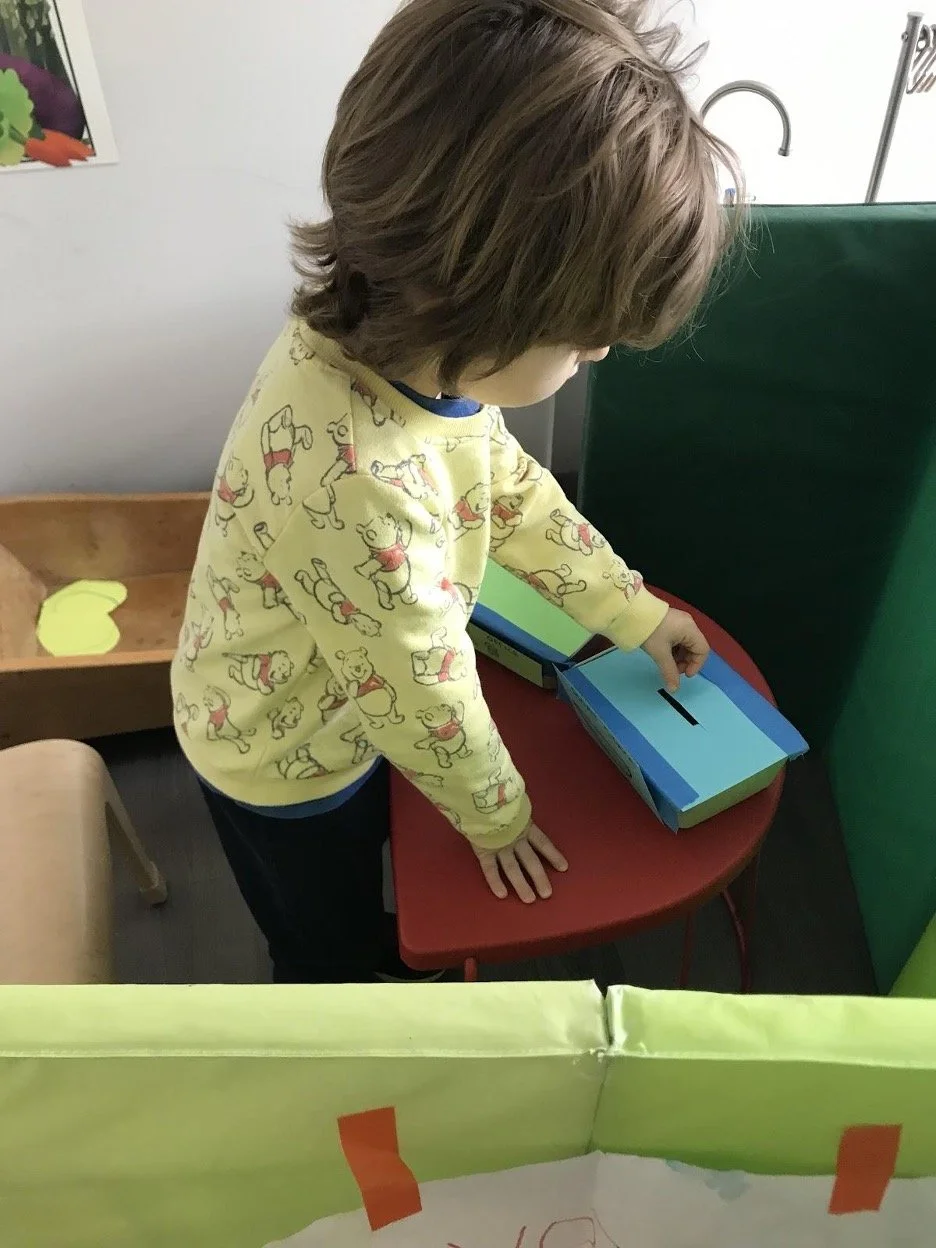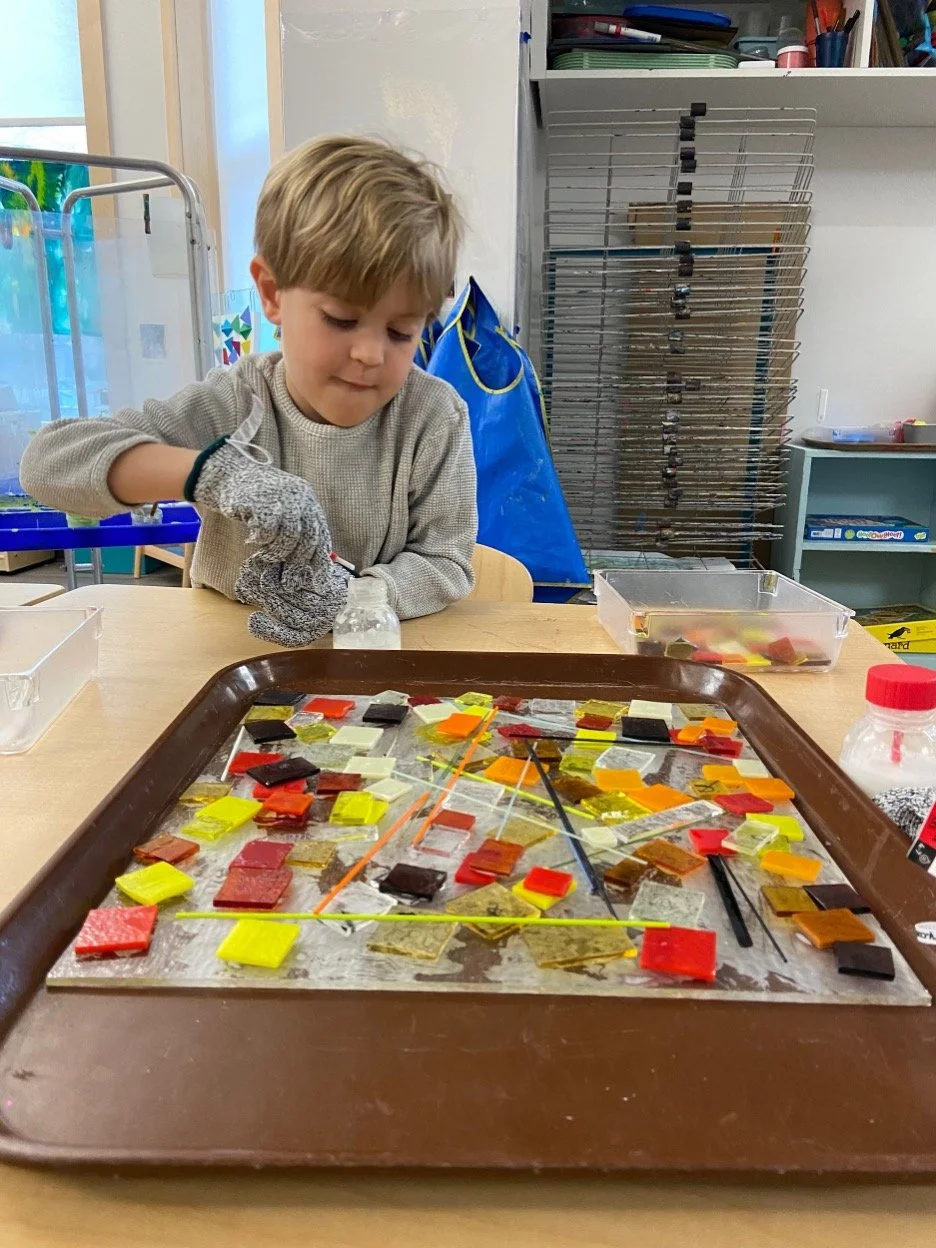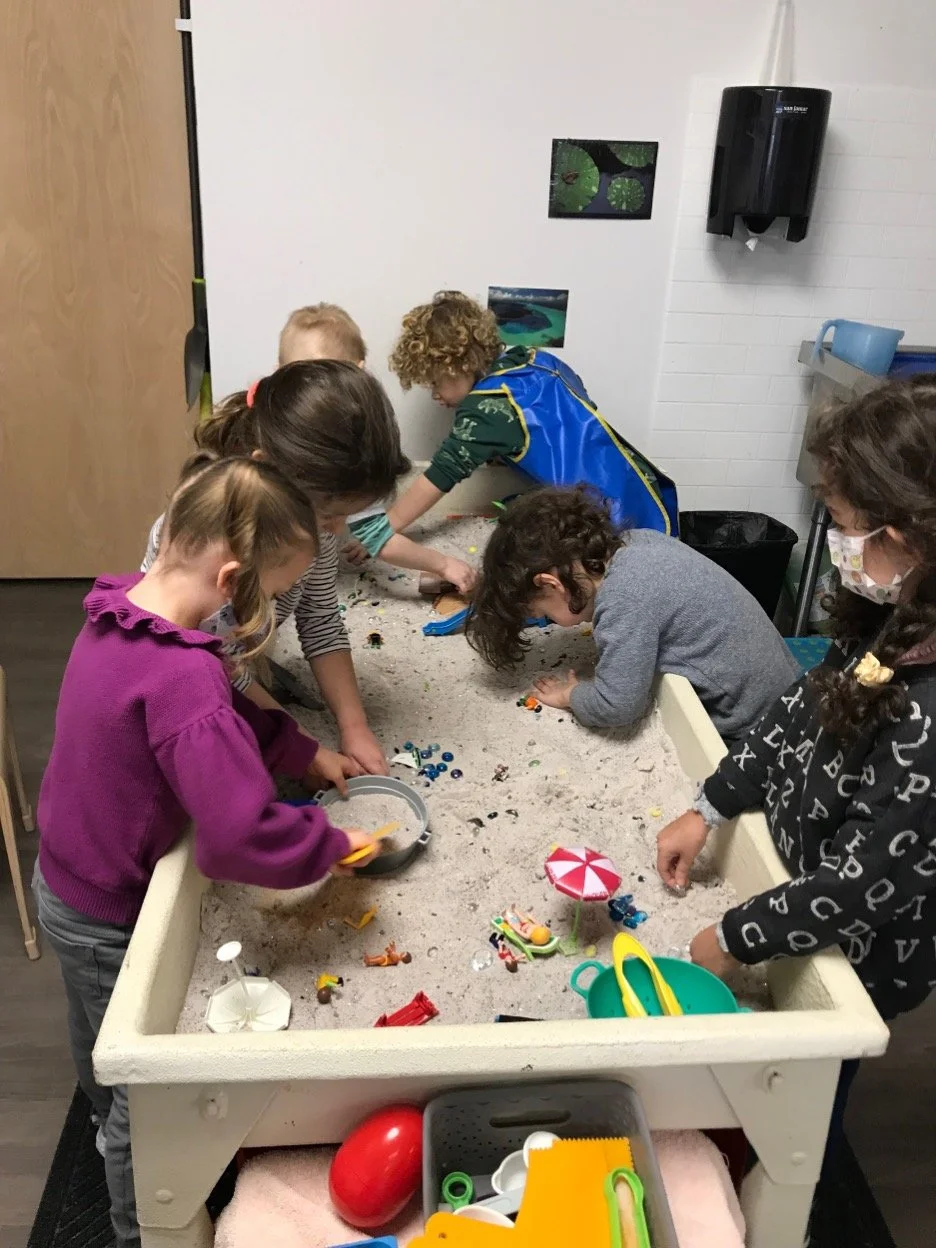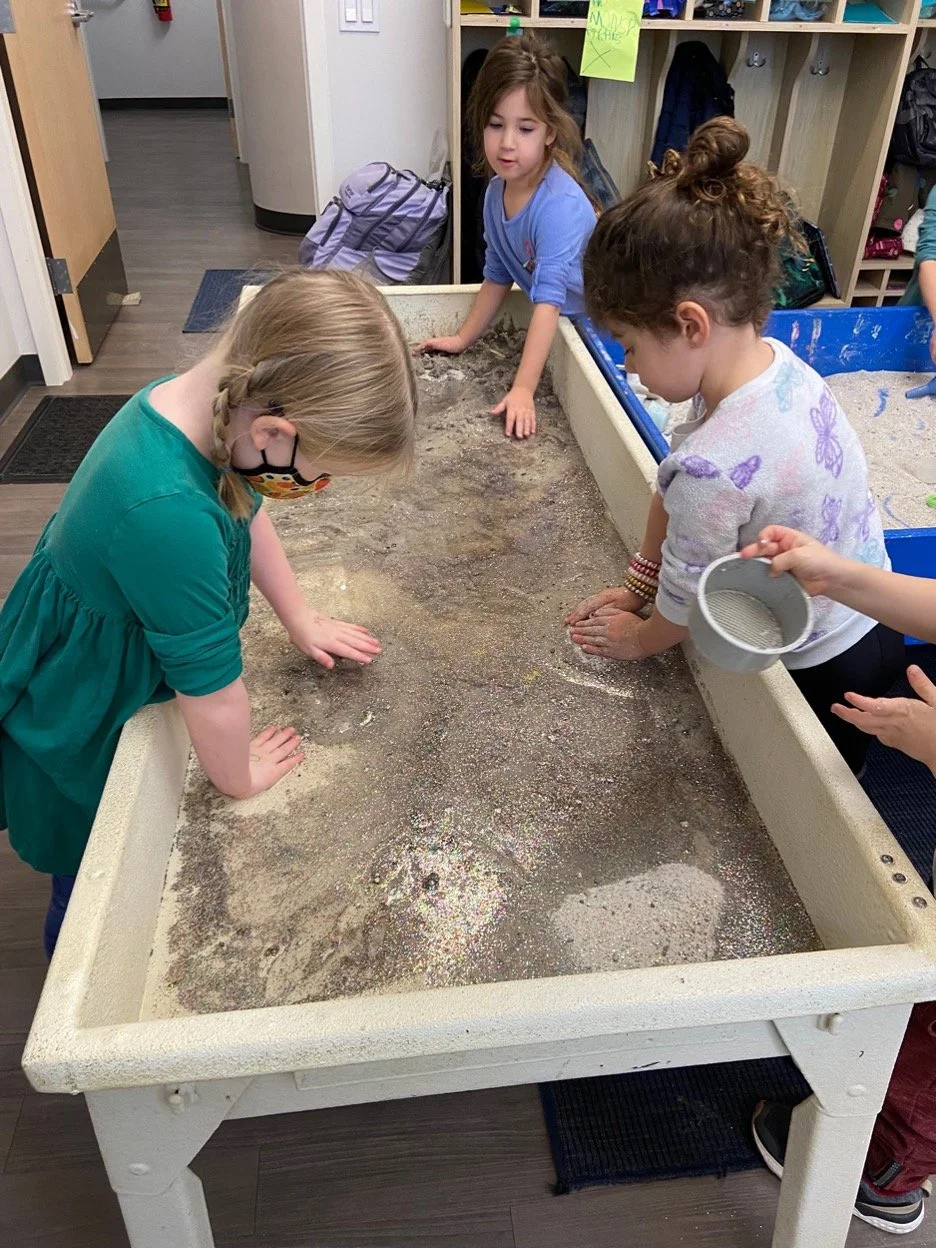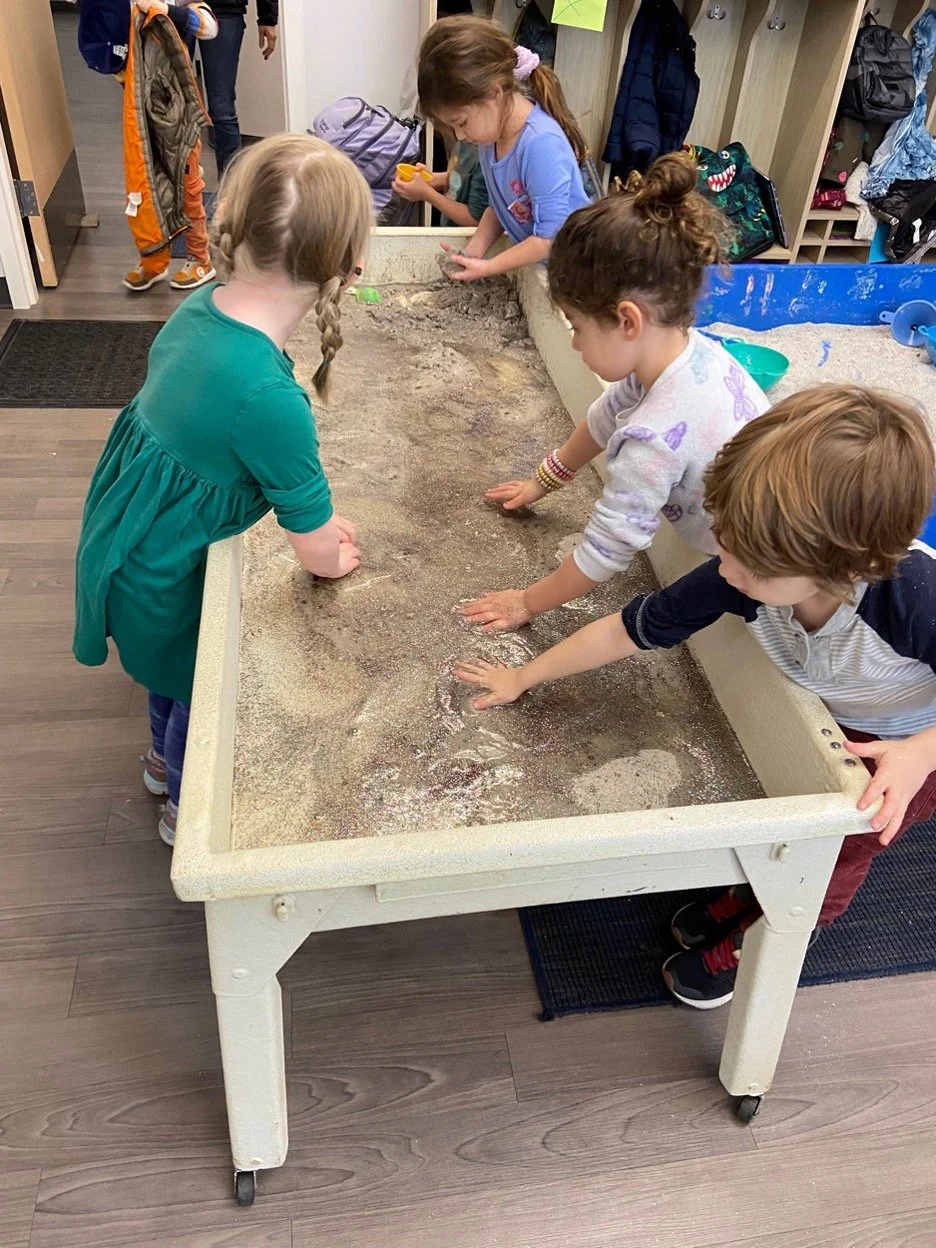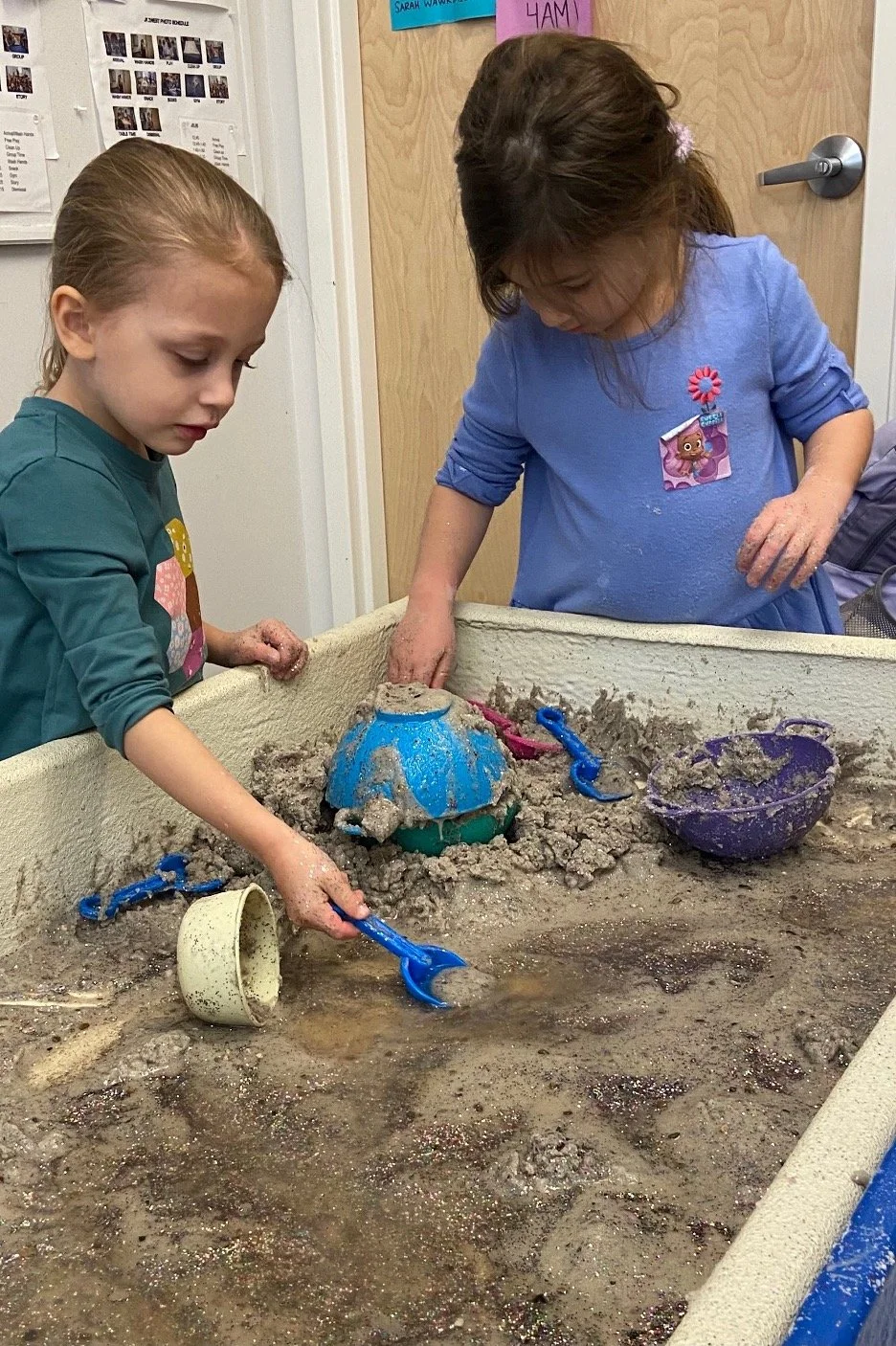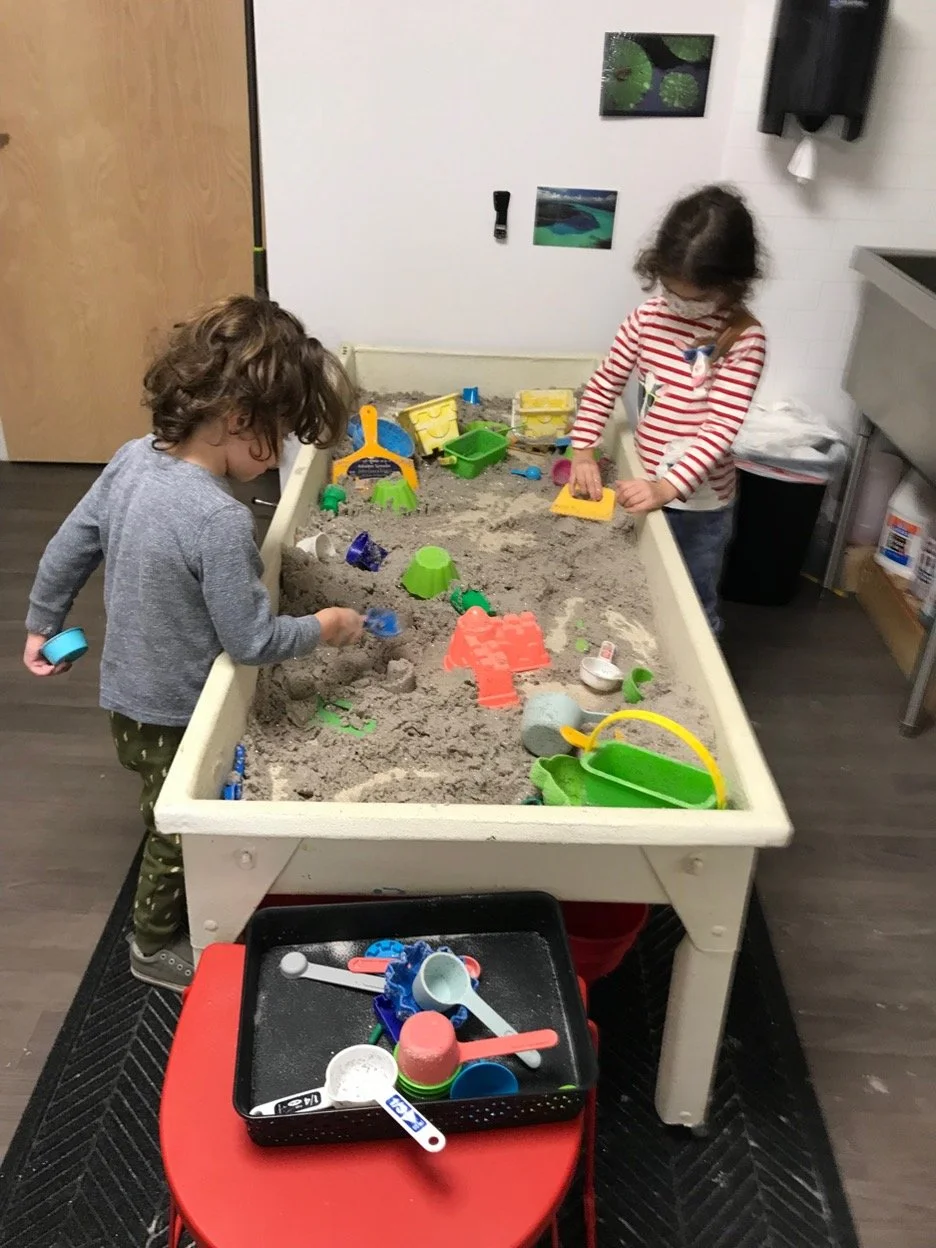As we wind down the school year, the summer is stepping up to meet us. It’s helpful to have the weather turn warmer, as we’ve told kids that school will be ending because summer is coming. Now that the days are warm and the city is in bloom, it really feels like summertime. These days, kids might show up in shorts, with scraped knees from outside adventures, with talk of weekend bbqs or memories of the school carnival.
There is a shift in the air, but what does it all mean for 3, 4, 5 year olds? For little kids, the span of two or three months can seem endless. So much is uncertain, so we like to help them anticipate changes and understand what comes next. Our calendar system with red and green dots has been a good visual symbol to help them make sense of things.
When we first showed them the calendar pages of red dots for June, July and August, there was a mixed reaction. Many cheered to see all those red dots representing time at home with family. We talked about having our last days at school together, and counted down the remaining green dots. Some kids knew about summer camps or family trips or going to a new school. We told them they could ask their families about it, and many have come in with more information about upcoming plans. We tried to help them differentiate between summer plans, and a new school year which would happen after so, so many summer days. You may want to use a calendar to help them track their summer days, too, and give them a visual for the start of school when that gets closer.
As we’ve crossed off each day, kids have helped us count down the green dots on our calendar. We’ve offered time and space for kids to talk about the upcoming changes, and acknowledge their feelings. Some have said they will miss teachers, or friends, or the gym! Some have decided they will just take teachers along with them to their new schools! We acknowledged that we’ll miss each other, and focused on ways we could stay in touch with friends over the summer.
We’ve spent some time singing familiar songs, playing some favorite games and talking about the course of the year. “Remember the first day you came to this classroom? We didn’t know everyone’s name! But, now we know each other so well.”
The calendar pages for the previous months are available for kids to look over, and many will point to Parents Day or a day we played outside and talk about what they remember. We’ve read books about summer activities and books about staying in touch with someone far away. We’ve had kids help us wash toys in the water table, so they can be put away for the summer. We told kids last week that we’d be finishing with our playhouse boat, and this week we’ve had a simpler setup.
On our last day, we had a chance to say goodbye to all the parts of our classroom and gym. At the end of the day we took time after the story to offer each other hugs and goodbyes before leaving the room together for the very last time.
We’re honored to have spent this time with your child and your family, witnessing their growth and watching all these individual personalities come together to form a cohesive group. They’ve come to know themselves a little better, and have begun to know the others in their class, too. These experiences will serve them in whatever new situations they face. Whether they are trying out summer camp, moving on to a new school, or coming back to Park West in the fall, their experiences this year can bolster them when they face new situations. You can remind them that their familiar place, their school and classmates and teachers, was once new, too. Remind them that they met that challenge, got used to a new place, and became a part of it. They and you will always be part of our Park West family.
Thank you for all you’ve done for school. Your participation and dedication make Park West the place it is. Thank you for your generous end of year gifts and cards. Thank you for sharing your amazing children with us. We hope you stay in touch, if you’re moving on, and we look forward to seeing those of you returning in the Fall.
Much love,
Sarah, Chris and Anita

